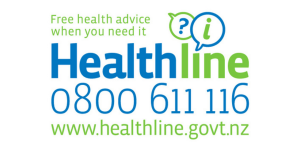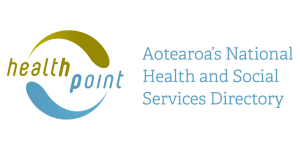Hay fever | Ihu pāwera
Also known as allergic rhinitis
Key points about hay fever (ihu pāwera)
- Hay fever is a common allergic condition that can be caused by different triggers such as pollen, pets and dust mites.
- Symptoms include a blocked, runny and itchy nose, sneezing, an itchy throat, and red, itchy and watery eyes.
- Severe hay fever can disrupt your daily life as it can affect your sleep and concentration.
- If possible, avoid whatever's irritating you. You can also get hay fever treatments from your pharmacy or healthcare provider.
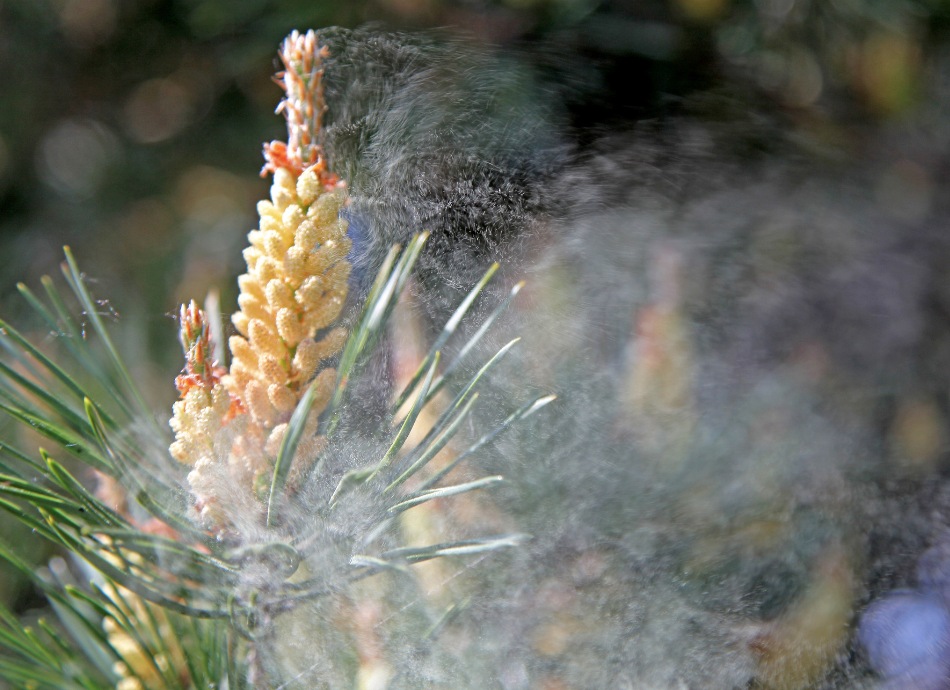
Hay fever is a common allergic condition that affects your nose, throat, sinuses and eyes. It’s also known as allergic rhinitis. The eye symptoms are also called allergic conjunctivitis. About 1 in 5 New Zealanders have hay fever. It often starts between the ages of 6 and 14 and continues all through life.
Hay fever can be caused by many different allergens, not just grasses. Allergens, or triggers, are things that can cause an allergic reaction in some people and include plant pollen, mould, hair and skin flakes from animals (also known as pet dander) and dust mites.
Symptoms of hay fever include:
- a blocked nose
- a runny and itchy nose
- sneezing
- an itchy throat
- red, itchy and watery eyes.
Hay fever is more common if you have a history of asthma or eczema.
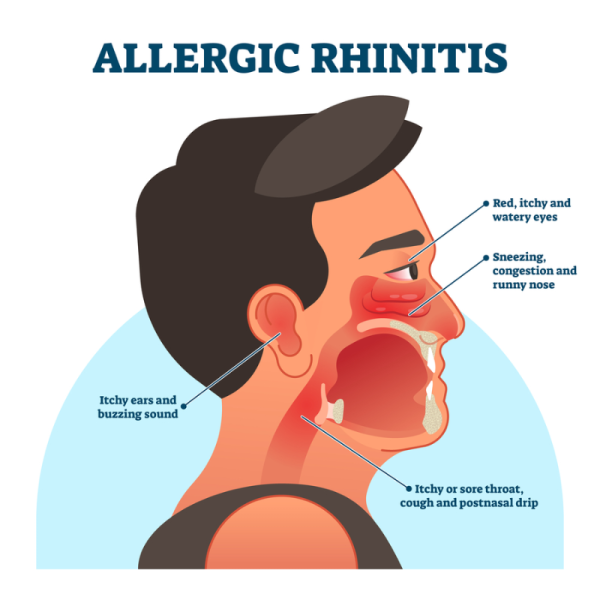
Image credit: Depositphotos
There are 2 types of allergic rhinitis
- Seasonal allergic rhinitis: This is when you get symptoms at certain times of the year. Pollens carried by the wind cause seasonal hay fever, usually in spring and summer. The length of the pollen season usually depends on where you live and the plants you're allergic to.
- Perennial allergic rhinitis: This is when you get symptoms all year round. Dust mites, moulds and pets are the most common causes of perennial rhinitis.
Severe hay fever can have a big impact on your daily life as it can affect your sleep and concentration. You may also be more likely to develop ear or sinus infections, and if you have asthma it may be harder to manage.
Hay fever is inflammation of the lining of your nose, eyes, throat and sinuses due to an allergy. When cells in these areas come into contact with an allergen, or trigger, they release the chemical histamine which causes inflammation.
Most often this response is triggered by plant pollen, especially grasses. Other allergens that can cause hay fever include:
- house dust mites
- mould spores
- hair and skin flakes from animals (also known as ‘dander')
- cockroach droppings
- chemicals or irritants, such as perfumes or workplace chemicals.
Food allergies don't trigger hay fever.
Symptoms of hay fever include:
- sneezing
- a runny nose
- watery, itchy, red and puffy eyes
- a blocked nose
- mucus from your nose running down the back of your throat (postnasal drip)
- an itchy throat, mouth, nose and ears
- blocked ears
- throat clearing or coughing
- loss of smell
- headache
- earache
- lack of energy and fatigue.
These symptoms can range from mild to severe and can make it difficult for you to do normal activities, including tasks at work or school.
Despite its name, hay fever doesn’t cause fever.
Image credit: Canva
If hay fever is severe and untreated:
- you may have problems sleeping, which can leave you feeling tired during the day
- you may be more likely to get sinus infections, ear infections and eye infections
- you may find it hard to concentrate during the day
- if you also have asthma, your asthma symptoms may be harder to manage – 50 to 80% of people with asthma have hay fever, and 20 to 30% of people with hay fever have asthma.
Hay fever is usually diagnosed from the pattern of typical hay fever symptoms. It can be similar to other conditions that affect your nose, such as the common cold or nasal polyps. You don't necessarily need to see a healthcare provider if you think you may have hay fever, unless treatments recommended by your pharmacist aren't working. Read more about hay fever treatments below.
If your hay fever symptoms are not helped by using treatment, see your healthcare provider to get the right diagnosis. They will ask about your symptoms and when they occur. They will also examine your eyes, nose and throat for signs of irritation and congestion.
If the cause of your symptoms isn't clear, your healthcare provider may order blood tests or skin-prick testing to find out what you're allergic to. They may also refer you to an allergy specialist for further testing if your symptoms are severe.
Skin prick testing
- This involves placing a drop of an allergen on your skin and then scratching your skin through the drop. This is usually done on the skin of your arm, but can be done on your legs or body.
- If you're allergic to the allergen, your skin will become red and swollen at the site within 15 minutes.
- Skin tests alone aren't used to diagnose hay fever – the results need to be considered along with your history and symptoms.
The image below shows a skin prick test being done.

Image credit: Depositphotos
You can’t cure hay fever, but there are things you can do to help manage your symptoms.
Avoiding the allergens that trigger your symptoms is the most important part of managing your hay fever. It might be hard to completely avoid an allergen but there are ways you can reduce your exposure to the things that trigger your hay fever.
Pollens
- Consider staying inside when the pollen count forecast(external link) is high on windy days and during or after thunderstorms.
- Keep windows and doors shut when you can.
- Choose plants for your garden that are pollinated by birds or insects, rather than plants that release pollen into the air.
- Don’t keep fresh flowers in your house.
- Don’t dry clothes outside as they can catch pollen.
- Wear wrap-around glasses, a mask or a wide-brimmed hat to stop pollen getting into your nose or eyes.
- Avoid mowing the lawn, raking leaves or having an open compost heap. Splash your eyes with cold water or shower or change your clothes after outdoor activities that expose you to a lot of pollen.
- Rub petroleum jelly (eg, Vaseline) inside your nose to stop the pollen from coming into contact with the lining of your nose.
- Get a pollen filter for the air vents in your car.
Pet dander
- Ideally, don't have a pet.
- If you do, keep your pet outdoors and out of bedrooms.
- Wash your pet(s) regularly.
Dust mites
- Keep your house well ventilated to avoid a build-up of moist air inside the house (house dust mites thrive in damp conditions).
- Choose hard floors rather than carpet.
- Choose vinyl or leather furnishings rather than soft covers.
- Cover mattresses and pillows with dust mite covers.
- Wash your bedding once a week in hot water (more than 60°C).
- Use a vacuum cleaner with a HEPA air filter or, if possible, get someone else to do the vacuuming. Vacuum regularly.
- Dust with a damp cloth.
- Wash soft toys regularly in hot water or put them in a plastic bag in the freezer for 2 days.
- Read more about dust mites and how to get rid of them.
Mould
- Remove visible mould with bleach or other suitable cleaner.
- Maximise natural ventilation in areas where mould is likely to grow.
- Remove indoor plants that may promote mould growth.
Other ways to look after yourself if you have hay fever
- Don’t smoke, and avoid being around smoke, as it can make your symptoms worse.
- Have a treatment plan for allergic rhinitis.(external link)
- If you have asthma as well, see your healthcare provider a few weeks before the hay fever season starts. Hay fever can make asthma worse and more difficult to control so it may be important to review or make an asthma action plan.
The most important part of managing hay fever is to avoid the allergens that cause your symptoms. Other treatments include medicines and allergen immunotherapy (AIT).
Medicines
Medicines to treat and help prevent hay fever can be prescribed for you or are available over the counter at your pharmacy. They can be very effective in reducing your symptoms. Keep avoiding the allergens causing your symptoms whenever possible, even when you're taking medicines.
Medicines for hay fever include:
- antihistamines – tablets such as loratadine or cetirizine, or antihistamine nasal sprays
- corticosteroid nasal sprays
- decongestants (for short-term use)
- medicated or non-medicated eye drops
- products that combine these medicines, eg, an antihistamine and a decongestant.
You may need a combination of these treatments to keep your symptoms under control. If you get seasonal hay fever each year, it’s a good idea to start taking antihistamine tablets and/or using a corticosteroid nasal spray at least a week or two before the time of year your hay fever usually starts and continue taking them throughout the season.
You can also try a saline nasal spray or rinse if you have a blocked nose.
If you have severe symptoms, or if your symptoms aren't getting better with the medicines listed above, you may be prescribed a short course of oral corticosteroids or montelukast.
Allergen immunotherapy (AIT)
Allergen immunotherapy, also known as desensitisation, may also be an option if your symptoms are severe and the allergen is difficult to avoid. Immunotherapy works by changing the way your immune system reacts to allergens. A specialist doctor (an immunologist or allergy specialist) gives you a very small amount of an allergen you’re allergic to over a period of 3 to 5 years. Immunotherapy can be given under your tongue or by injection.
The aim of immunotherapy is to increase your body's tolerance to a particular allergen. If it's successful, it can make your symptoms less severe and reduce your need for regular medicines. However, it's only available through private specialists, it's expensive and it doesn't work for everyone. Talk to your healthcare provider or allergy specialist if you're interested in AIT.
Allergy NZ(external link) provides information, education and support for people with allergies (including hay fever), parents of children with allergies, teachers and healthcare providers. Find out more about hay fever(external link) and avoiding allergens on their website.
The following links provide further information about hay fever. Be aware that websites from other countries may have information that differs from New Zealand recommendations.
Allergic rhinitis and hay fever – causes (external link) Auckland District Health Board Clinical Immunology and Allergy – Healthpoint, NZ
Allergic rhinitis(external link) Allergy NZ
Pollen calendar(external link) Allergy NZ
Hay fever and seasonal allergies(external link) Patient Info, UK
Brochures
Treatment plan for allergic rhinitis (hay fever)(external link) Australasian Society of Clinical Immunology and Allergy, Australia, 2024
Allergic rhinitis (hay fever) – fast facts(external link) Australasian Society of Clinical Immunology and Allergy (ASCIA), Australia, 2023
References
- Allergic rhinitis(external link) Auckland Regional HealthPathways, NZ, 2023
- Allergic rhinitis (hay fever) – fast facts(external link) Australasian Society of Clinical Immunology and Allergy (ASCIA), Australia, 2023
- Specific allergen immunotherapy (AIT) environmental (inhaled) allergies(external link) The Paediatric Society of NZ and NZ Child & Youth Clinical Network, 2020
- Allergic rhinitis(external link) Patient Info professional, UK, 2024
- Hay fever(external link) NHS, UK, 2024
- Allergen minimisation(external link) Australasian Society of Clinical Immunology and Allergy (ASCIA), Australia, 2024
Brochures
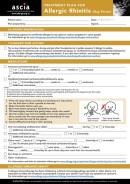
Treatment plan for allergic rhinitis (hay fever)
Australasian Society of Clinical Immunology and Allergy, Australia, 2024

Australasian Society of Clinical Immunology and Allergy, 2023
Credits: Healthify editorial team. Healthify is brought to you by Health Navigator Charitable Trust.
Reviewed by: Dr Emma Dunning, Clinical Editor and Advisor
Last reviewed:



